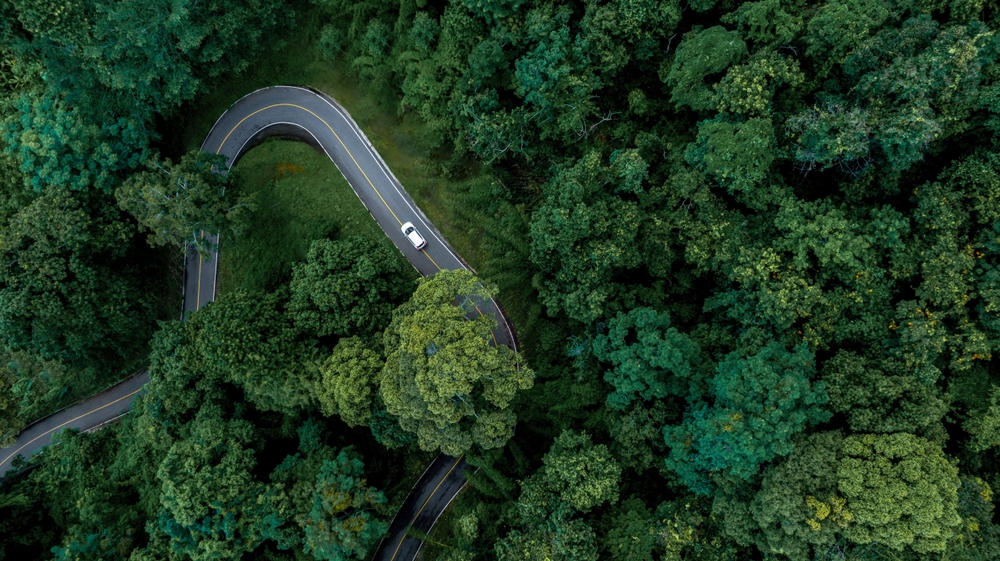Embarking on a road trip through America’s historic cowboy trails promises an adventure filled with picturesque landscapes, fascinating history, and cultural gems. From the bustling streets of Jackson Hole to the serene beauty of Grand Teton National Park, planning a memorable journey requires a careful blend of itinerary and spontaneity.
Travelers can start their adventure in Tombstone, known for its rich Wild West history and iconic landmarks. Then, a drive through the Cowboy Trail in Southern Alberta offers a unique opportunity to experience the charm of historic towns and stunning natural beauty. Completing the trip, visitors can head north to explore the majestic sights of Banff National Park, just a few hours’ drive from Glacier National Park.
By following the ultimate road trip routes, such as Utah’s “Mighty 5” national parks or the scenic journey from Calgary to Waterton Lakes, travelers ensure they capture the essence of America’s cowboy country. Buckle up and let the roads of the Old West guide your next unforgettable adventure.

Planning Your Historical Cowboy Trails Adventure
Embarking on a road trip along America’s historic Cowboy Trails offers an exhilarating blend of stunning landscapes and rich cultural heritage. Key aspects to consider include choosing your specific cowboy trail, creating an efficient and enjoyable route, and budgeting effectively for your journey.
Selecting Your Cowboy Trail Destination
America boasts several iconic cowboy trails, each offering unique experiences. The Cowboy Trail in Southern Alberta takes travelers from Calgary through the Rocky Mountains and prairies, and into the impressive badlands. Alternatively, explore the Old West sights from Tombstone to Deadwood for an authentic Wild West experience. Consider what scenery, activities, and historical attractions appeal most to you and plan accordingly.
Mapping Out Your Route
Creating an efficient and enjoyable route is crucial. Utilize detailed maps and resources like those offered on Travel Alberta’s websites to identify key stops that suit your interests. Select points of interest such as national parks, historical towns, and scenic viewpoints. Ensure your route is clear and allows for flexibility to enjoy unplanned discoveries.
Budgeting for the Journey
Proper budgeting ensures a stress-free adventure. Calculate costs for fuel, accommodation, meals, and entry fees to attractions. Staying in ranch accommodations can offer an immersive experience but vary in price. Create a budget that balances comfort and adventure, ensuring you have a financial cushion for unexpected expenses. Using a travel budgeting app can help track expenses efficiently.
By focusing on these steps, you can create a memorable road trip that combines adventure, history, and breathtaking scenery.
On the Trail: Tips and Essentials
When embarking on a road trip along America’s Historic Cowboy Trails, preparation is crucial. Key considerations include what to pack and how to ensure safety and navigate effectively on the road.
Packing for a Western Road Trip
Packing for a Western road trip requires thoughtful selection of essentials to ensure comfort and convenience. Include basic items like your driver’s license, registration, and insurance documents. Additional items like pillows, blankets, and a good playlist can enhance the journey.
Safety should be a top priority. Make sure to include a first aid kit, flashlights, and multi-tools. These items can be lifesavers in emergencies.
Do not forget food and water supplies. High-energy snacks, fresh fruits, and bottled water will keep everyone fueled and hydrated. Finally, packing layers and weather-appropriate clothing is essential, as the Western climates can vary significantly.
Safety and Navigation
Safety and navigation go hand-in-hand when traveling the Cowboy Trails. Start with making sure your vehicle is in top condition. Check tire pressure, oil levels, and brakes before setting off.
Equipping your car with a GPS device or ensuring your smartphone’s maps are up to date helps in accurate navigation. While GPS is reliable, having a physical map as a backup is a smart move.
Consider roadside assistance plans for extra security. Ensure you have a charged cell phone and portable chargers to stay connected. In remote areas, consider carrying a satellite phone in case of emergencies.
Staying informed about weather conditions and road closures can prevent delays and ensure a smooth travel experience.
